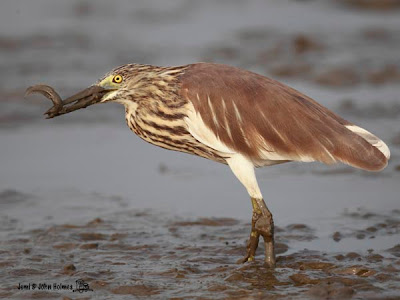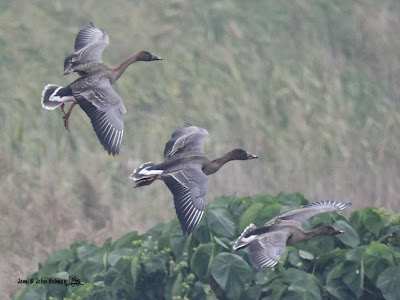Considering the muck and goo at the edge of the water at Nam Sang Wai, I was going to call this series of posts from NSW "The Dirty Dozen".
But actually it might be the "Dirty Two Dozen" OR the "Dirty Three Dozen" depending on how many different species I can record there this winter.
There are no access restrictions, and it is a popular place for people starting out in nature photography to get a taste of what the great HK outdoors can offer. By 09:00 there were more than fifty people there today (a Saturday).
Here are some more birds....
But actually it might be the "Dirty Two Dozen" OR the "Dirty Three Dozen" depending on how many different species I can record there this winter.
There are no access restrictions, and it is a popular place for people starting out in nature photography to get a taste of what the great HK outdoors can offer. By 09:00 there were more than fifty people there today (a Saturday).
Here are some more birds....
Eurasian Spoonbill (with BFS foreground)
Pied Avocet
Black-capped Kingfisher
Great Egret
Great Cormorant
Common Sandpiper
That's the first Nam Sang Wai "Dozen" - and some of them aren't very dirty at all !
But standards of ornithological cleanliness, not to mention standards of photography may decline as I try to illustrate how many different birds can be seen at Nam Sang Wai.































